One Day in the 1st Arrondissement
Divided into twenty arrondissements, Paris can be said to consist of twenty little towns.
Each arrondissement has something to offer that the others don’t. The first is undoubtedly the most famous and touristy, despite being one of the smallest. It contains heavyweights like the Louvre and the Palais Royal, but it also has other sights and aspects that are worth exploring. Here’s how to do the 1st Arrondissement in one day.
La Couleur des Blés
Start your day by grabbing a pastry from La Couleur des Blés (open from 6:45am on a weekday; from 7am on Saturday; closed on Sunday), a very popular boulangerie that can be found at 6 rue Jean-Jacques Rousseau. It has fine ‘mini-viennoiseries’, that is, diminutive pains au chocolat, croissants and chaussons aux pommes (essentially a pastry pouch filled with apples), which are particularly suitable for those of us who can’t seem to make a choice – just have one of each!
Palais Royal
Once you’ve grabbed your pastries, head over to the Palais Royal (8 rue de Montpensier; open daily from 7am to 11pm), where the gardens are a wonderful place to sit and eat your breakfast. Check out Daniel Buren’s installation Les Deux Plateaux, more frequently referred to as the Colonnes de Buren, which at the time of its conception and execution caused a minor scandal with several members of the public attempting to halt its construction through the use of the courts. However you stand on the aesthetics of the colonnes, though, it is interesting to observe the modern installation in contrast with the seventeenth-century palace that surrounds it. Plus, as the many kids jumping around the courtyard attest, the columns are kind of fun to interact with.
Don’t go to the Louvre
Now, you could simply head straight over to Paris’s Jewel in the Crown, the Louvre. Entrance is remarkably reasonable at €12 – on paper, it doesn’t look all that reasonable, but once you become acquainted with the enormous scale of the museum and the incomparable quality of the works of art it contains, you’ll quickly see that entrance fee for what it is: a bargain. The Louvre could take up the whole day. It could take up the whole next day and the rest of the week. My advice is to leave it for a day when you can devote your full attention to it (and even then, you’ll find it hard to ‘do it all’).
Jardin des Tuileries
If you’ve decided to head into the Louvre, see you another day. If you’ve decided to skip it you may want to take a walk through the Tuileries, the famous gardens connecting the Louvre to the Place de la Concorde. Originally constructed in the sixteenth century, it became a public park after the French Revolution. Like most of Paris’s inner-city green spaces (there are exceptions, notably the Buttes-Chaumont in the 19th), the Tuileries is one of those finely curated parks with plenty of benches to sit on and wonderful tree-lined paths to stroll along.
The Western End of the Île de la Cité
From the Tuileries, stroll along the Seine heading east until you get to the Pont Neuf, which, as the name suggests, was new at some point, but is now the oldest extant bridge in Paris. Cross it halfway and check out the western tip of the Île de la Cité, which still forms part of the 1st arrondissement. Better known for the Cathedral of Notre-Dame which is on the eastern end of the island (4th arrondissement), the Île de la Cité has plenty of other interesting sights to offer, starting with the Place Dauphine which you’ll be able to spot between two buildings from the bridge. Go and check it out. An odd triangular shape (to match the ‘thinning’ at the end of the island), it’s a nice place to sit and people watch. There’s plenty of nice cafés along the square, where you could spend the rest of the day drinking and chatting, but it’s worth resisting that urge to cross the square and head to the Sainte-Chapelle (8 boulevard du Palais; open daily 9:30am–6pm), a gothic church that contains some of the most awe-inspiring stained glass windows you’re likely to see anywhere in France, if not the world, which illustrate scenes from the Old and New Testaments).
La Taverne de l’Arbre Sec
It’s time for lunch. Head back across the bridge to the Taverne de l’Arbre Sec (108 rue Saint Honoré). Like many other bistros in Paris, this place offers a comparatively affordable lunch deal on weekdays – usually referred to as formule de midi – which consists of a main dish and either a starter or a dessert and coffee (€14). Get a seat outside, if possible. The place is situated on a wonderful little corner that is perfectly suited for people-watching.
Once you’ve had a filling lunch, it’s time to go out and explore again. Take a walk south towards the river down the rue de l’Arbre Sec until you see a big, largely gothic-looking church. This is the Church of Saint-Germain-l’Auxerrois. Founded in the seventh century and rebuilt innumerable times since, this is a nice contemplative space to explore, with its high eerily quiet atmosphere. It is also almost always virtually empty, despite (or maybe because of) being right across the street from the Louvre. A fifteenth-century wooden statue of the church’s namesake and a carved wooden altarpiece are only a couple of examples of the treasures that populate this church.
Galérie Véro-Dodat
Done exploring the church? Head back out onto rue du Louvre and walk back north until you hit rue Saint-Honoré, where you take a left and walk until you see rue Croix des Petits Champs on your right. Walk down that street until you see the entrance to Galérie Véro-Dodat. A prime example of the Parisian covered passage – there were well over 150 of them all over the city at one point – this is a throwback to the elegance of shopping, as experienced by the emerging middle class of the first half of the nineteenth century. The advent of the department store in the second half of the nineteenth century, epitomized by the Galéries Lafayette, saw these wonderful curiosities rapidly decrease in importance and gradually disappear from the cityscape. There are only few of them left in the city now. This one is particularly appealing and is thus worth strolling around for a while – the stores within vary in content and elegance from a second-hand bookstore to Christian Louboutin.
Église Saint-Eustache
Once you’ve seen enough of the passage, head back toward rue du Louvre and over to the Jardin Nelson Mandela over which towers the Église Saint-Eustache. Another impressive building both inside and out, this late-gothic church impresses in terms of its size and beauty, and was thus rather unsurprisingly the site for many a celebrity’s baptism, including Cardinal Richelieu and Molière.
By now you’ve probably seen as many churches as you can handle in a day and you’re ready for a drink and some food. Head up the rue Saint-Honoré to Chez Claude (166 rue Saint Honoré; closed on Sunday). From 7pm to 10pm this place has a pretty fantastic deal: for €18 you get unlimited charcuteries and wine. If you can do without the wine, it’s only €8 for unlimited charcuterie. Not the healthiest of dinners, I grant you, but it’s a pretty great deal in a fantastic location, and a perfect spot to end your day.
If you missed earlier…
10 free apps to plan the perfect trip to Paris
Open Air Paris: A 48 Hour Guide
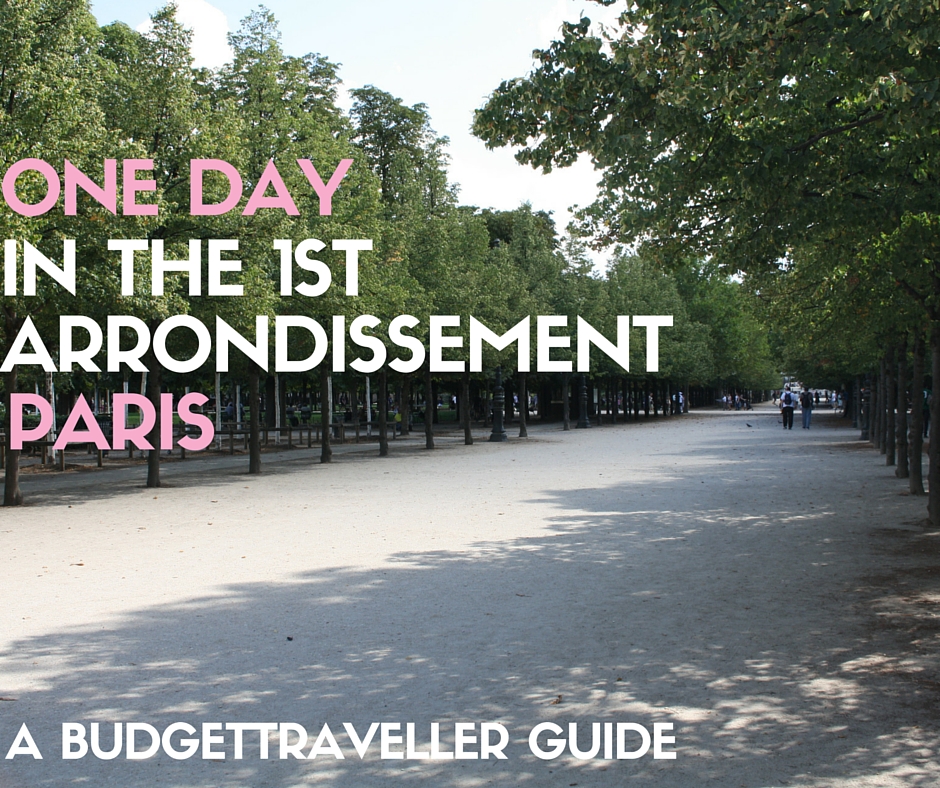
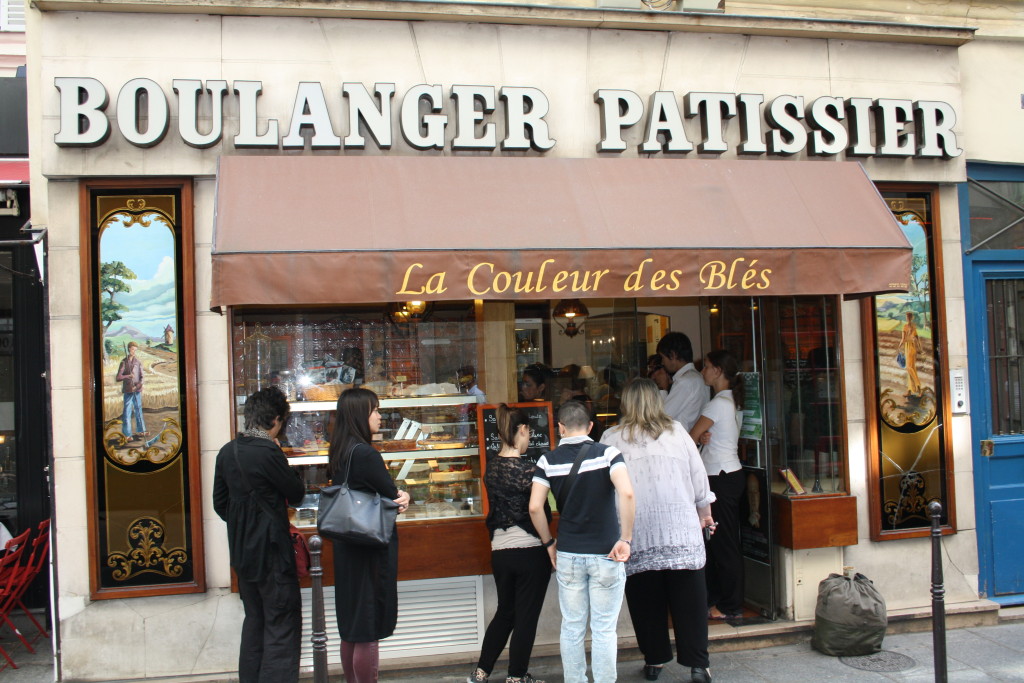
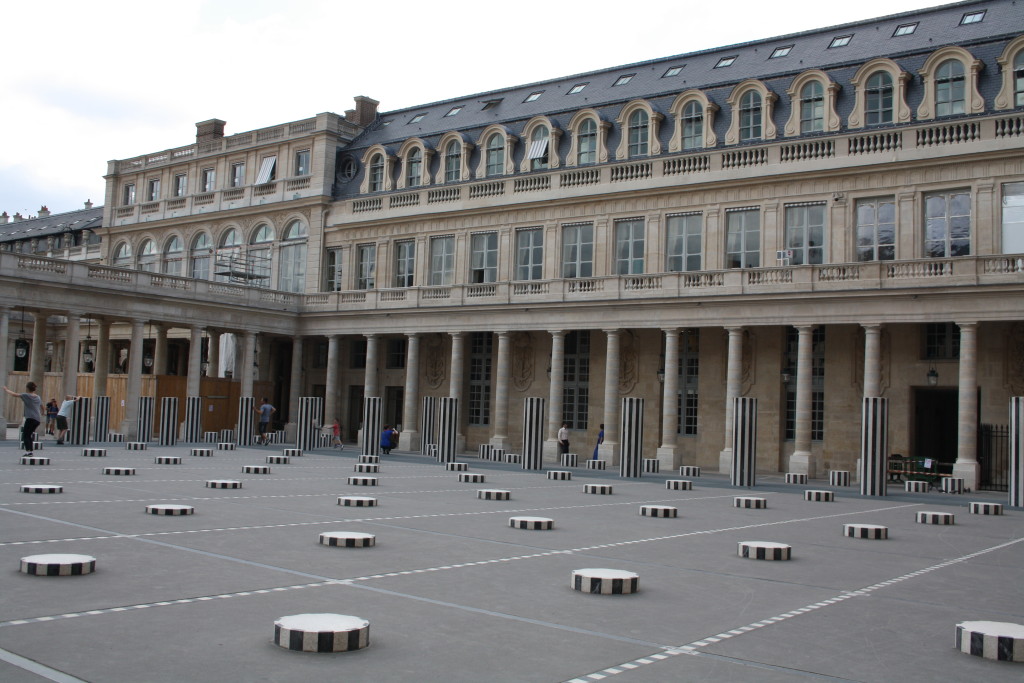
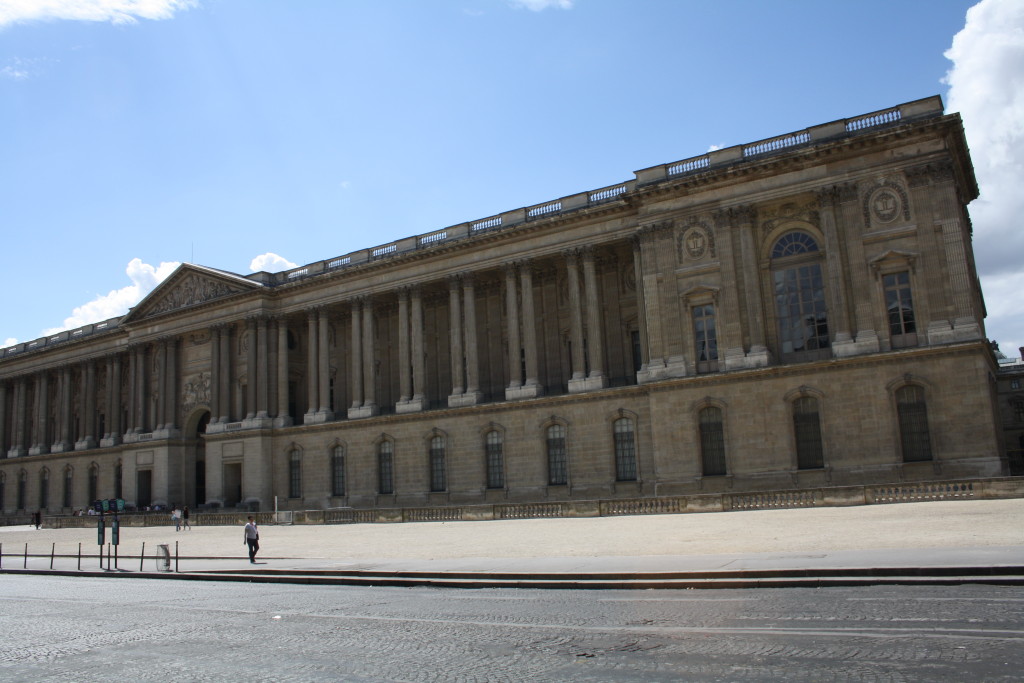
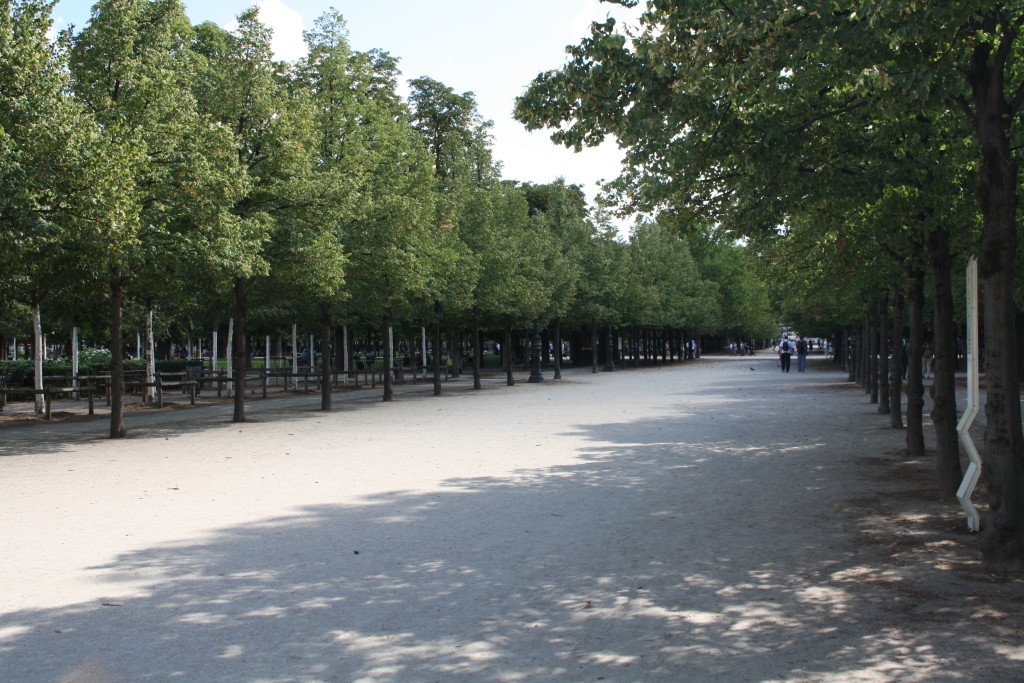
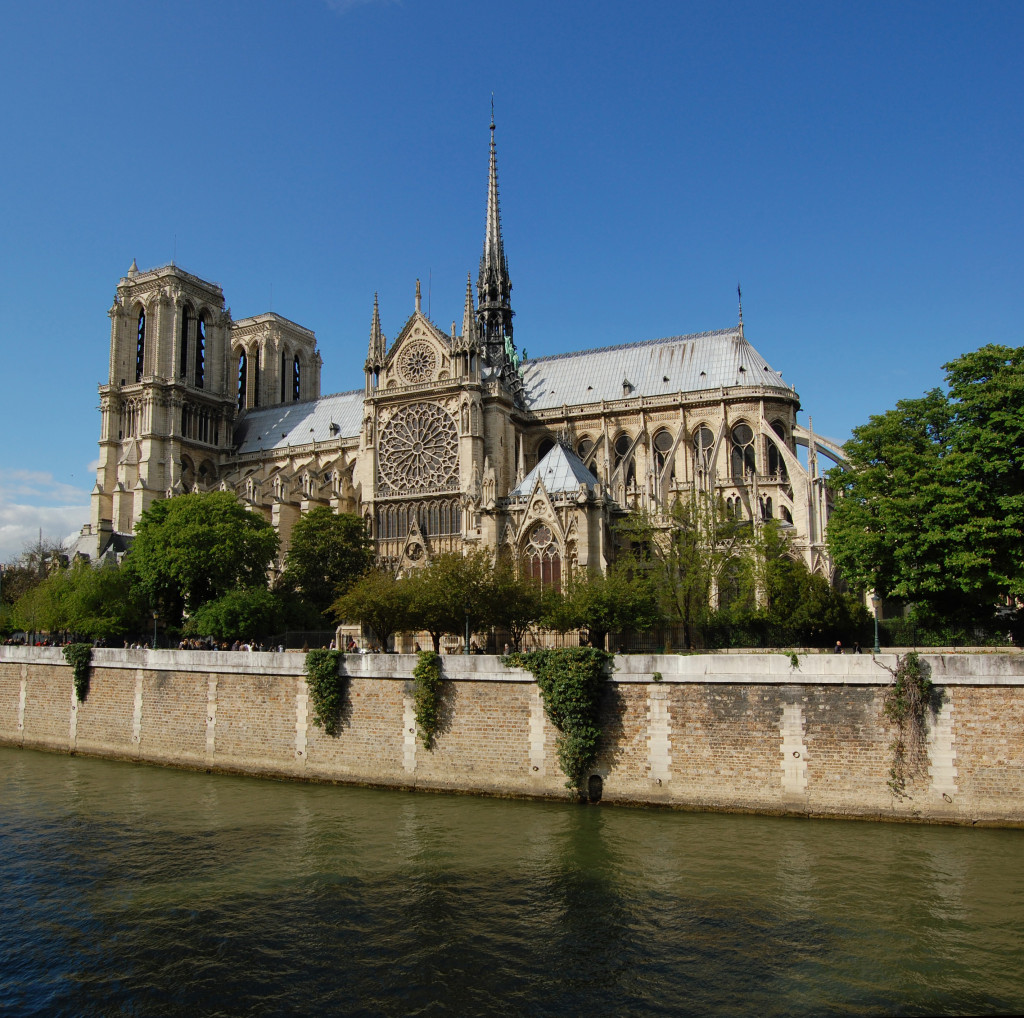
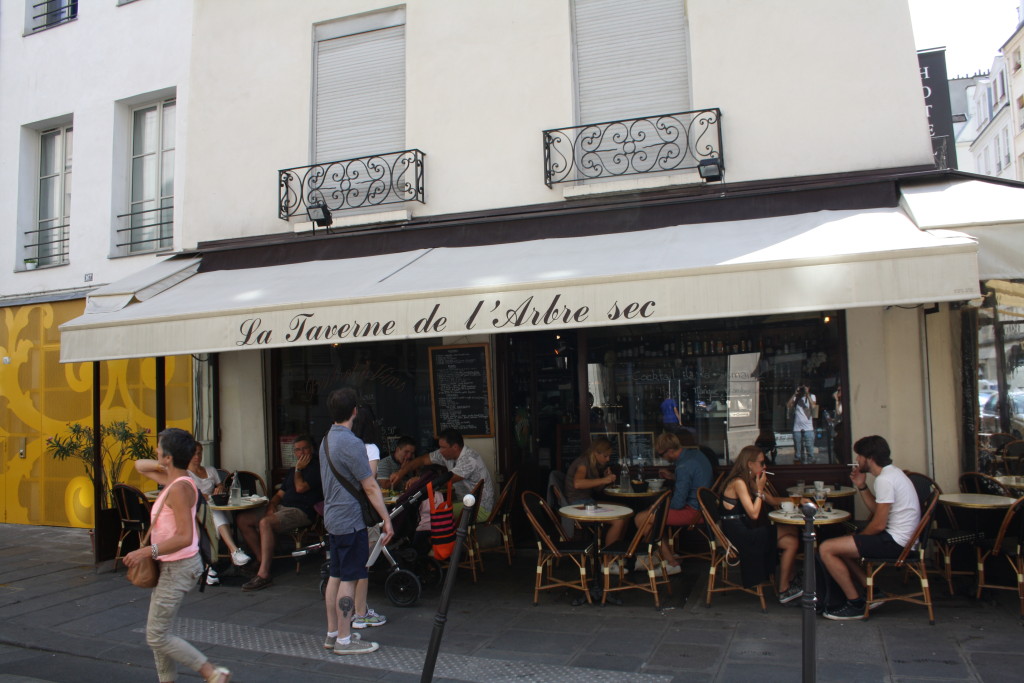
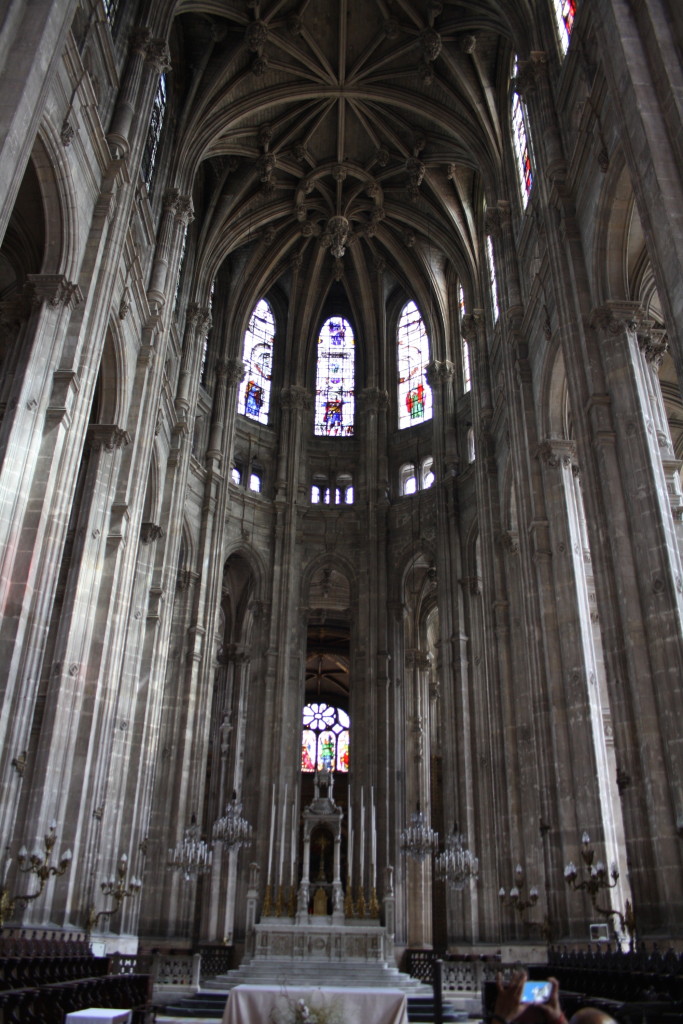
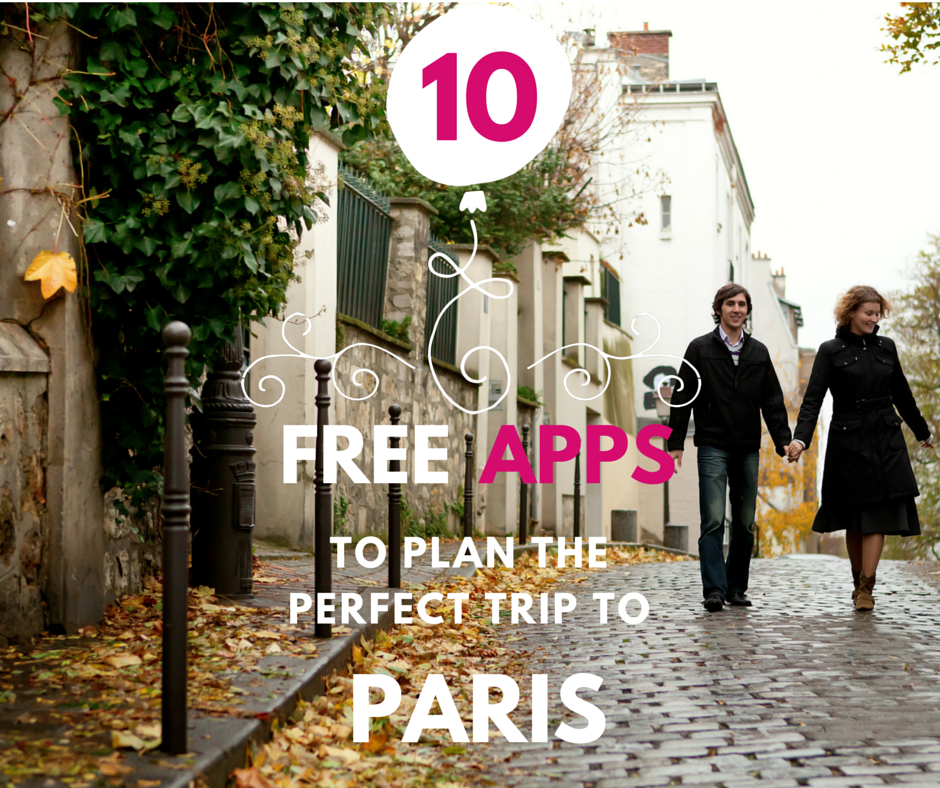
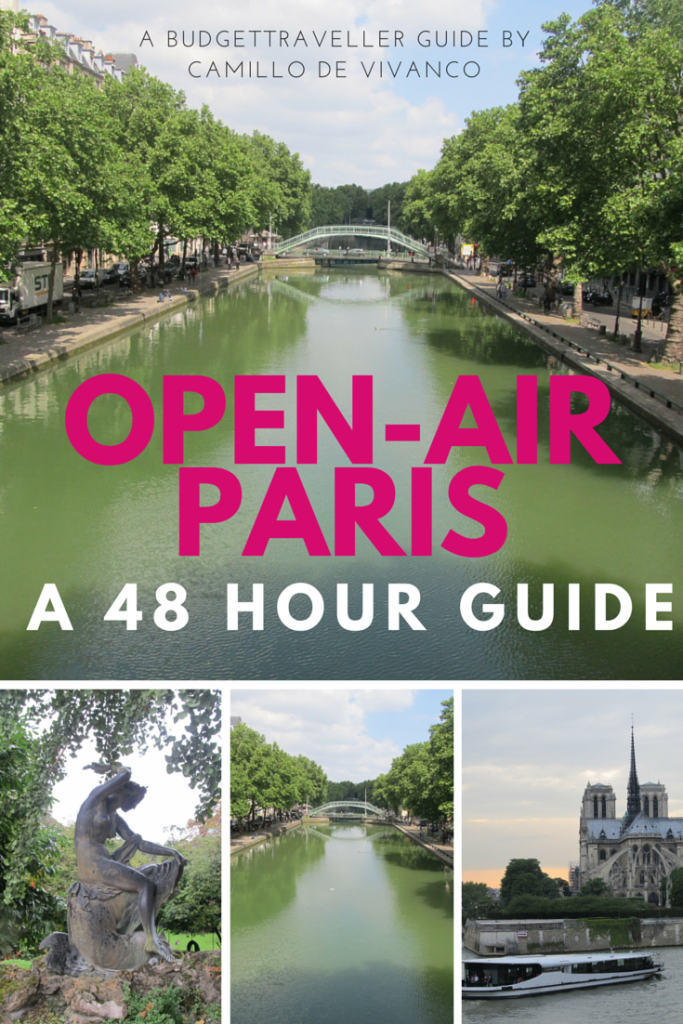
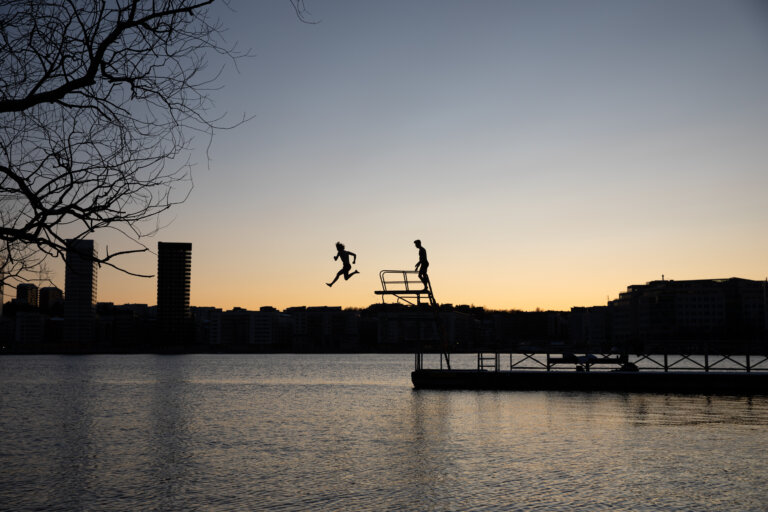

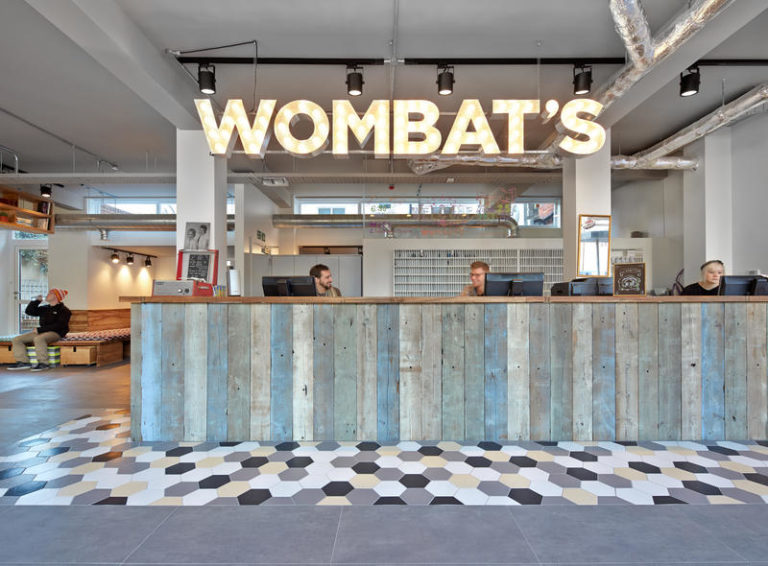
One Comment